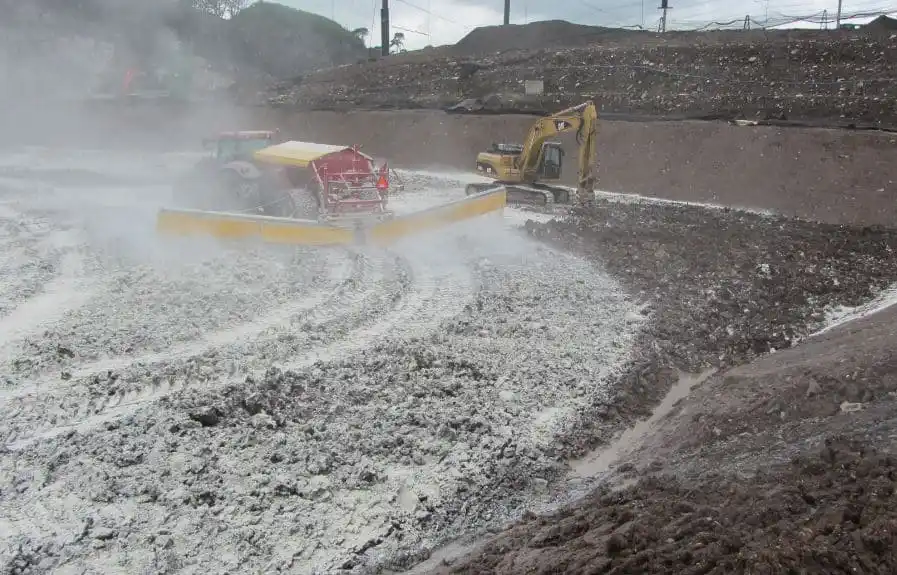The stabilization of sandy soils with lime does not work very well. On the other hand, these soils may be made more stable by adding hydraulically reactive elements like clay and fly ash, among other things. In most cases, the proportion of fly ash to lime is somewhere in the range of 3 to 5. About 10 to 20 per cent of the total weight of the soil is fly ash.
The stabilization of lime is affected by several factors.
The process of Lime Stabilization is affected by the following elements:
- Type of soil: stabilization is beneficial for clayey soils. However, it is ineffective for sandy soils. Lime stabilization is suitable for clayey soils.
- Quantity of lime used: The quantity needed to stabilize the soil might range from 2% to 10% of the total soil volume.
- The fly ash to lime ratio is typically between 3 and 5 but may sometimes go outside that range. Between 10 and 20 per cent of the total weight of the soil is fly ash.
A variety of limes, including:
- Although quick lime produces better results, hydrated lime is more often utilized since it is less hazardous and easier to work with.
- The soil gets easier to deal with.
- Strength is increased throughout the board.
- The material’s compressive strength may be increased by Lime stabilization by a factor of up to sixty times.
- It is helpful for the earth’s soils.
- Kilns are used to create lime, an environmentally unfriendly process since it involves burning limestone.
- To burn limestone requires a more significant financial investment.
- Sandier soils do not benefit from its application.
- There is just a little need for the quantity of lime, which ranges from around 2% to 10% of the total soil.
The following list some of the benefits of stabilizing the soil with lime.
- The soil gets easier to deal with.
- The material’s compressive strength may be increased by stabilization by up to sixty times.
- It is helpful for the earth’s soils.
Machines Used in the stabilization Process.
Procedures for in-situ stabilization vary based on the nature of the project and the particular binder used.
Mixing equipment appropriate for the procedure has been purpose-built specifically for the modification and stabilization processes. To ensure that the process is carried out successfully, a wide variety of machinery specifically designed and constructed to meet the demands of the varied site circumstances and design criteria have been established. Dust-free equipment is also available, and using this equipment helps prevent many of the environmental problems that might be caused by “binder/dust blow” over any prospective site.
Preparation
Before beginning, it is essential to ensure that the surface of the starting formation has been adequately prepared so that the selected process may go forward. It is advantageous to process the commencing formation in certain situations in situ. The surface or layer should be torn to the desired depth just before processing so that unsuitable material, such as barriers, organics, and material that is too difficult to treat, may be found and removed.
Having known so much about stabilization, you should indeed consider it! So what are you waiting for? Get going today for the best results! Make sure you look for a reliable company with the experience to get the best results because, as you know, the first experience is the trendsetter!

